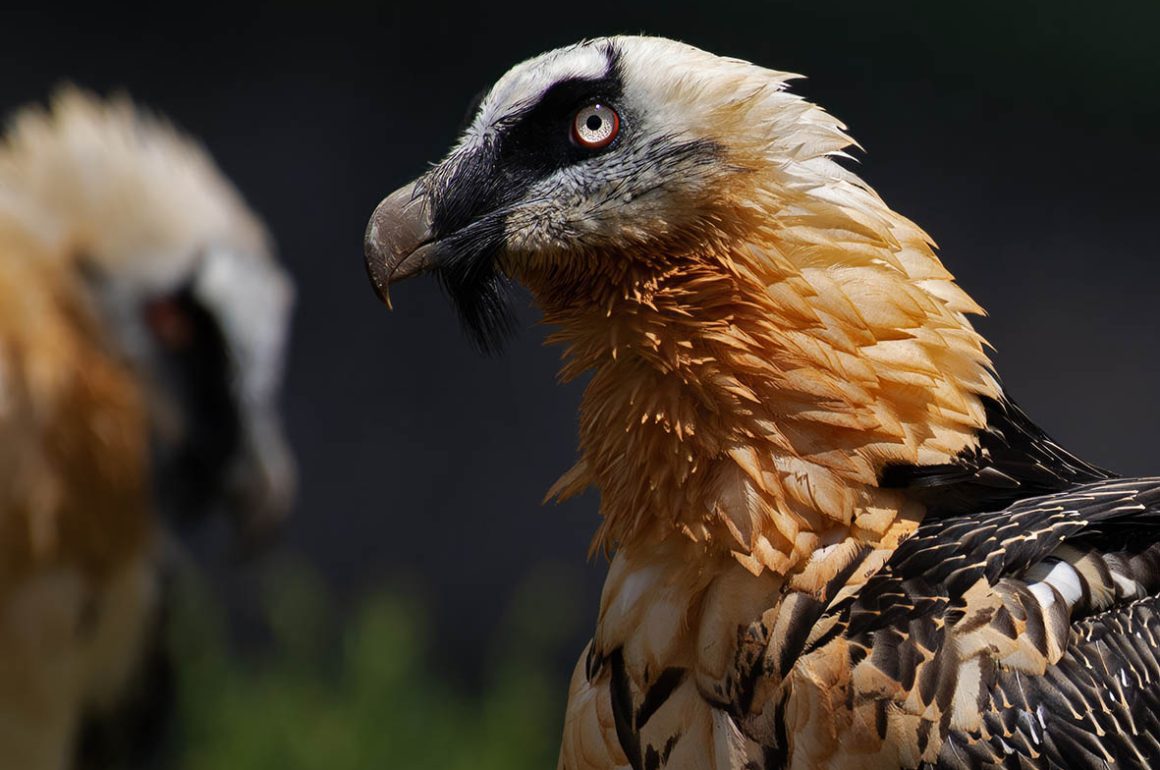
Apologies for this week’s late posting.
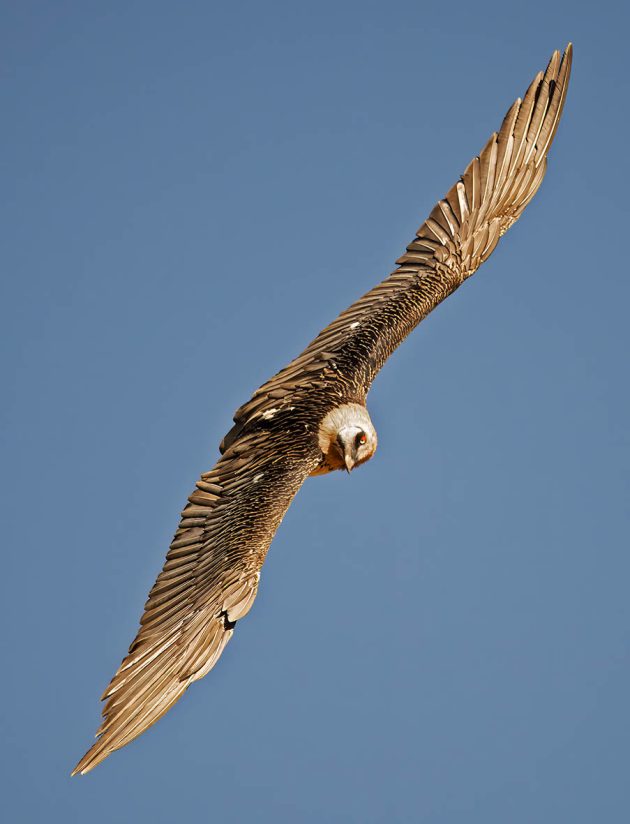
I woke up in the middle of the night with a Blackbird (Turdus merula) persistently singing from a tree outside. It was five in the morning and sunrise was still three hours away. The noticeably increasing daylength after 21st December soon gets local birds into the mindset of breeding. In fact, I often see Blackbird fledglings around now, suggesting they start breeding even before the days start to lengthen. Other local residents also start breeding at this time but I’m going to focus today on two of the largest species. These are the Bearded Vulture (Gypaetus barbatus) and the Griffon Vulture (Gyps fulvus). Bearded Vultures range in body mass from 4.5 to 7.1 kilos while Griffons range between 6.2 and 11.3 kilos, females being heavier than males.
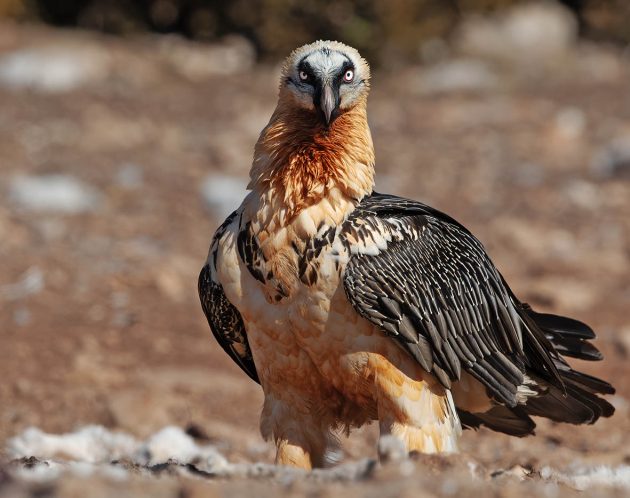
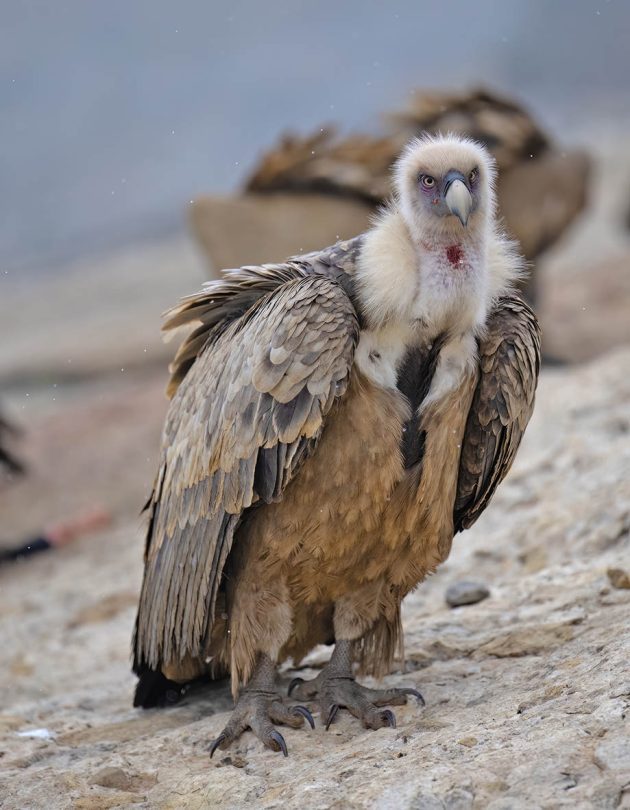
The large body mass places serious constraints on breeding. Griffons lay a single egg. Bearded Vultures lay two but only one chick survives, inter-sibling aggression taking care of that. The development of such a large bird takes time. In both cases it takes between five and six months from laying of the egg and the chick fledging. Given that the summer months are stressful in southern Europe, with little rain, and with shortening days, these birds have to start breeding early. That means that many Bearded and Griffon Vultures are now sitting on eggs.
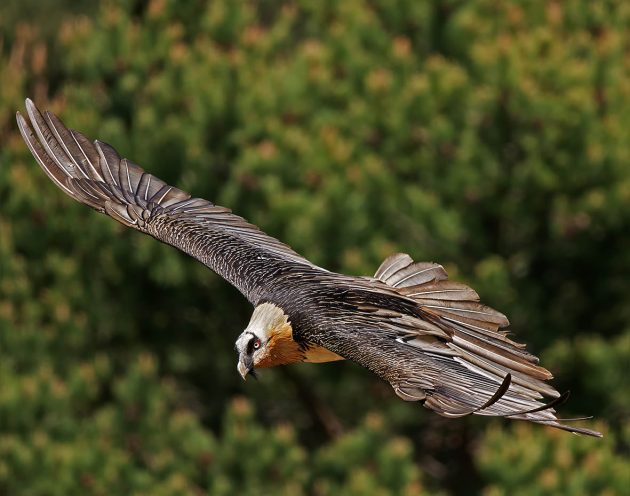
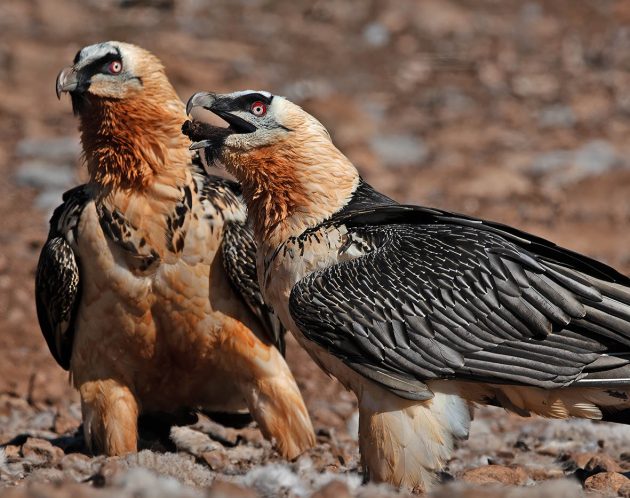
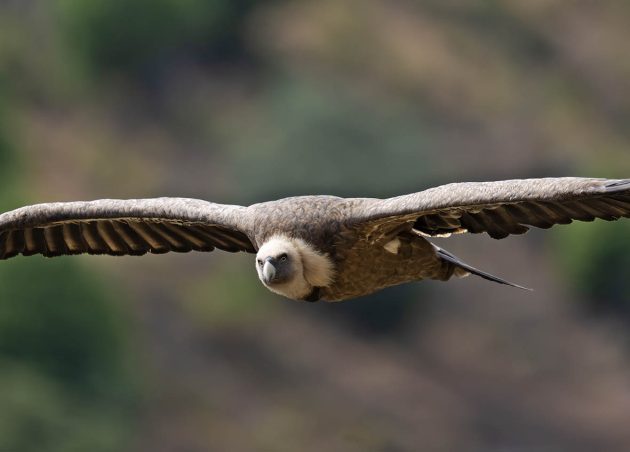
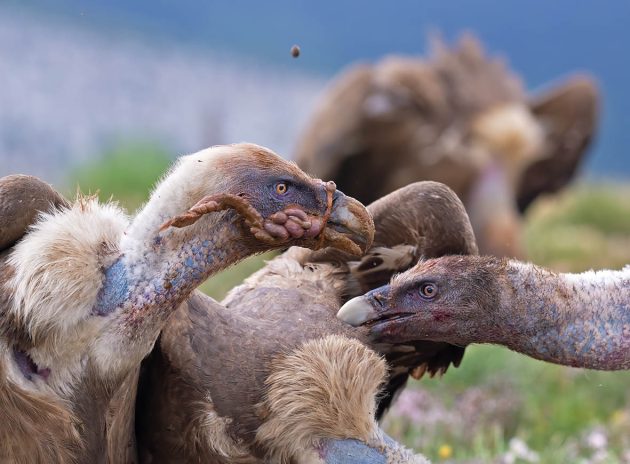
Breeding high up in the mountains, especially Bearded Vultures, poses additional difficulties. Incubating the eggs requires constant attention but the adults need to feed. One trick is to collect wool, shed by sheep in the mountains, and use this to line the nest. This provides insulation that is much needed at altitude. For several months, and until the chick is reasonably large, Bearded Vultures are living with the threat of cold nights and blizzards.
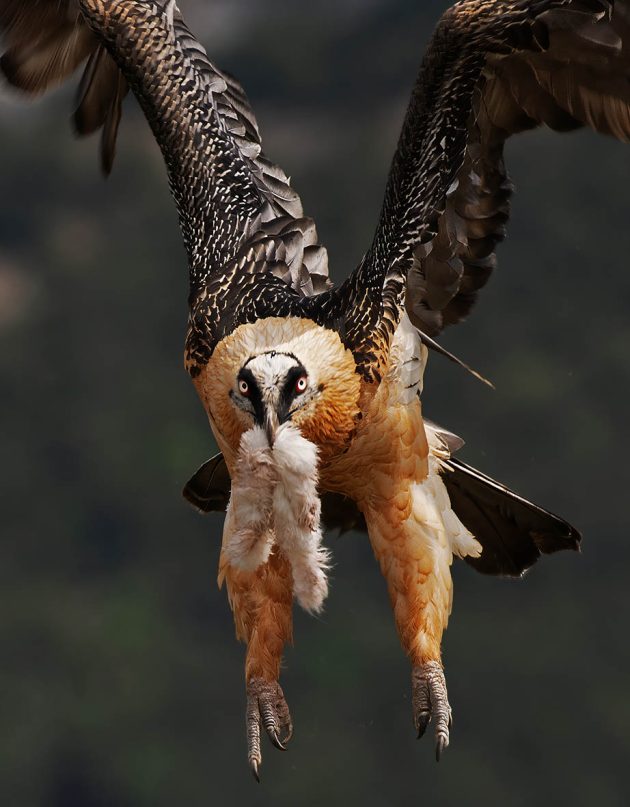
Bearded Vultures are sedentary. They have to be on territories as soon as they are able to start the breeding cycle. The same is the case with adult Griffons. At Gibraltar we observe thousands of Griffon Vultures heading south for tropical Africa in October and November and they don’t return until the spring, especially from late April to June. They are all immature birds. They just couldn’t return so late and attempt to breed. There just wouldn’t be sufficient time. But the adults cannot afford the luxury of moving south to warmer climes in the winter. They have to stay put.
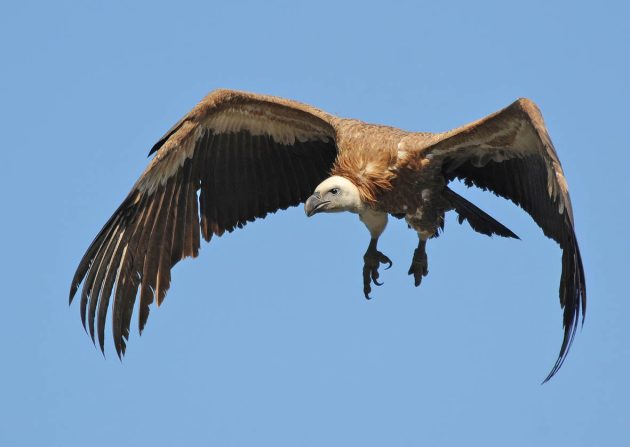
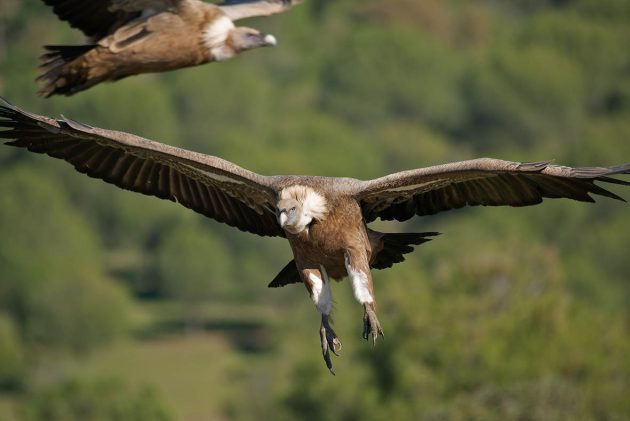
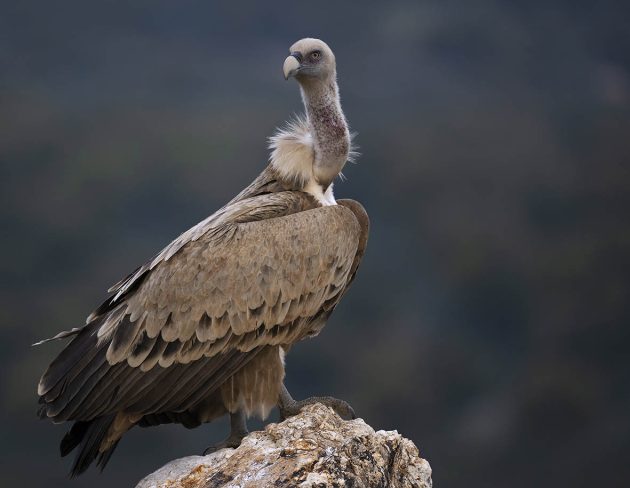
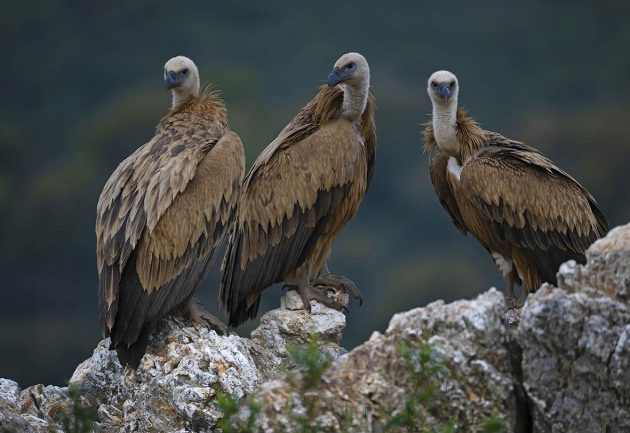





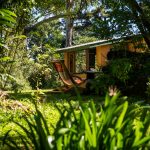
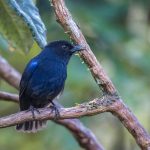
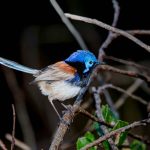
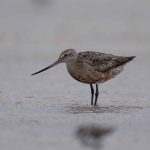
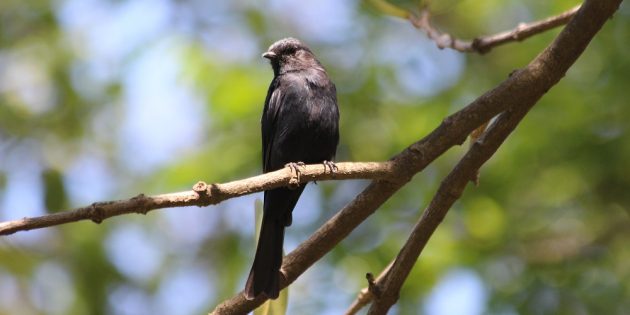

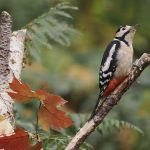
Great photos. I’ll never forget coming down a track off the Sa. Tejeda, chasing daylight, when I was surprised to see up ahead a group old men sitting in a circle by the track. Only when I got closer did I realise it was a handful of buitres leonados, sitting round a ‘comedor,’ the local carrion drop off, hoping for a feed. They took no notice of me. I smelt too sweet.
Fantastic photos indeed.